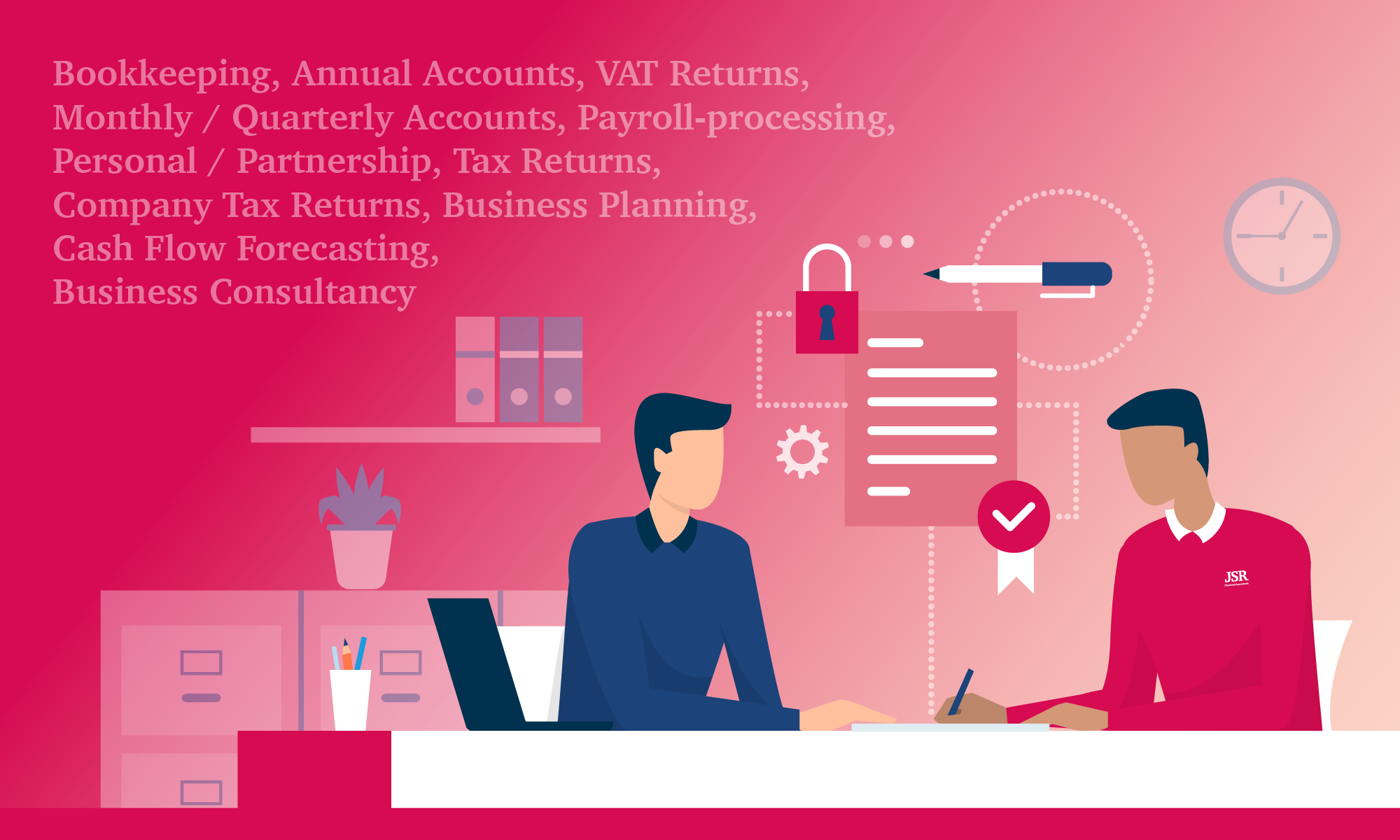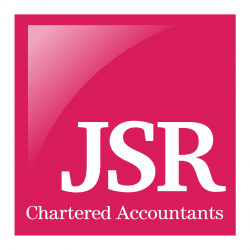What happens if a retailer charges the customer more than the minimum 5 pence for a single use carried bag?
If we look an example where a retailer charges 12 pence for a single use carrier bag.
The full amount of the 12 pence is subject to VAT. The “net sale” would amount to 10 pence and the VAT on the sale would amount to 2 pence. The retailer, assuming he/ she is VAT registered, MUST charge VAT on the full amount charged to the customer (provided the charge is greater than 5 pence per bag).
The amount payable to The Department of the Environment is still 5 pence.
In this instance the “sale” is deemed to be “within the scope of VAT”.
The retailer MUST charge VAT on the full amount of the proceeds of each bag sold.
The Net Sales entry on their VAT return (Vat Return Box 6). The retailer needs to include the net proceeds generated from sale of bags in their routine VAT returns. In the above example that would equate to 10 pence for each bag sold during the VAT return period.
The VAT due in this Period (Vat Return box 1). The retailer needs to include the VAT liability arising on the sale of the bags in their routine VAT returns. In the above example that would equate to 2 pence for each bag sold during the VAT return period.
The retailer can reclaim an input VAT incurred on the purchase of the carrier bags as normal.
Single Use Carrier Bag quarterly returns – please see our first article in this series where we discussed the information to be included in the quarterly returns to The Department of Environment. https://jsrcharteredaccountants.com/single-use-carrier-bag-charge

